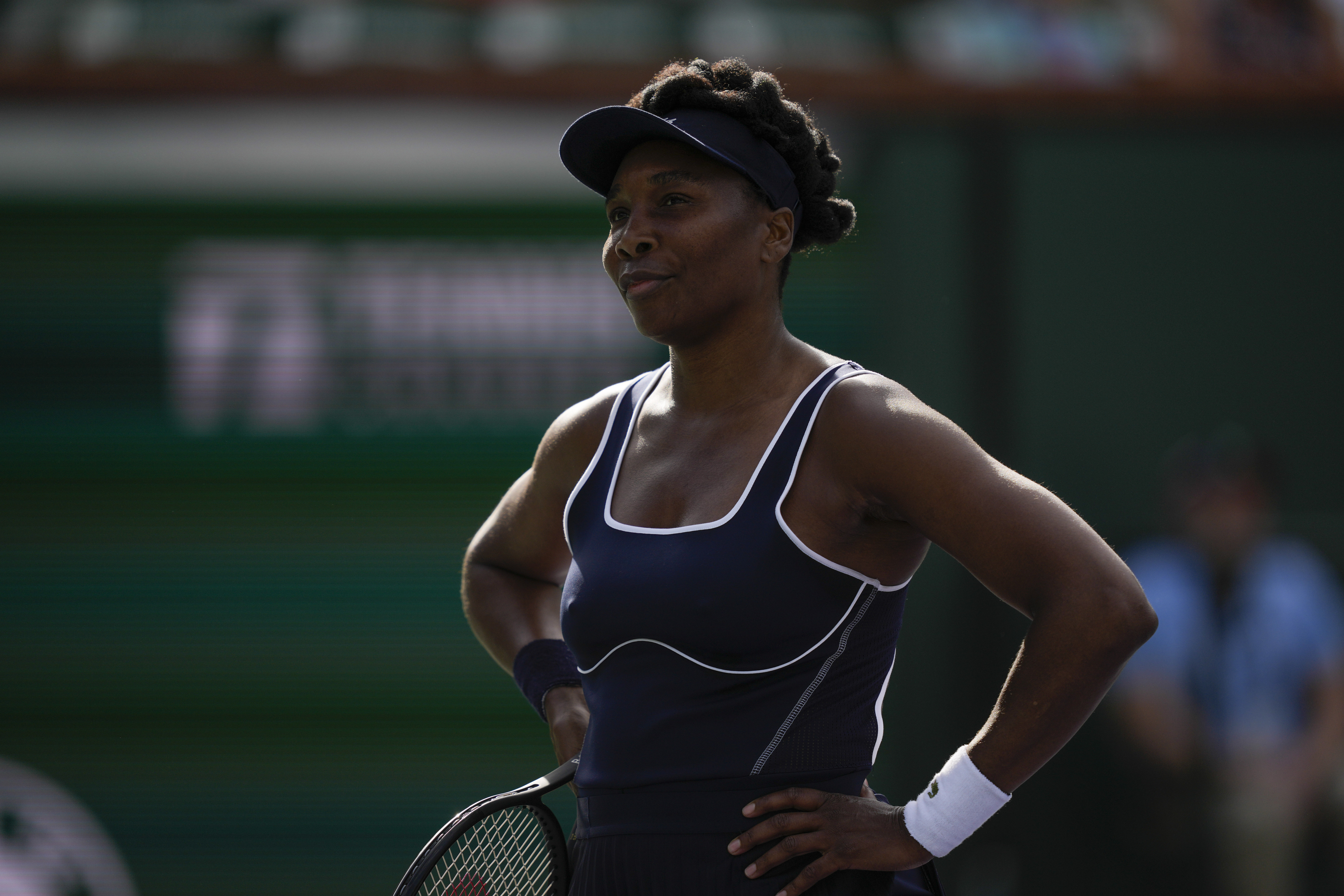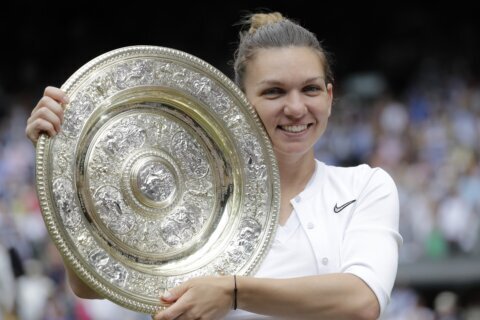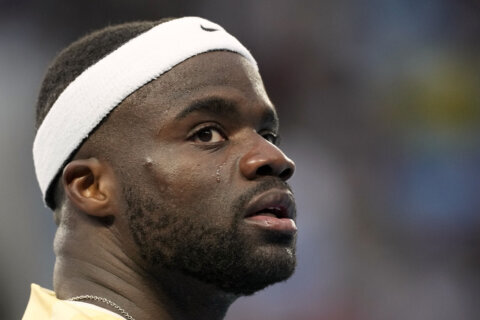PARIS (AP) — Even Coco Gauff looked ahead to her French Open final against Iga Swiatek and concluded: “She’s definitely the favorite going into the match, on paper.”
In an interview last weekend, Swiatek’s sports psychologist, Daria Abramowicz, saw the way the bracket was developing and spoke of her client “being — let’s not lie — a clear favorite” to leave Court Philippe Chatrier with the trophy on Saturday.
Makes sense, right? Swiatek is ranked No. 1, on a 34-match winning streak and a past champion at the place. Gauff is still just 18, making her the youngest major finalist since 2004, is ranked 23rd, owned a 14-10 record in 2022 until last week and never previously made it beyond the quarterfinals at a Grand Slam tournament.
Then again, Roland Garros, with its fickle red clay and springtime weather, is the Surprise Slam, one with a long history of smiling upon those who arrive low-seeded or inexperienced, unheralded or unknown, yet become unexpected success stories.
“The clay is a surface that gives a little bit more of a chance to everyone,” said Francesca Schiavone, who was seeded 17th at the 2010 French Open when she became, at 29, the oldest woman since 1969 to win her first Grand Slam title. “Every match is 50-50.”
Put aside one absolute aberration by the name of Rafael Nadal — he of the 111-3 career record and 13 championships on the rust-colored courts made of “terre battue” and headed to another final Sunday after his semifinal opponent, Alexander Zverev, fell and injured himself — and the unpredictability of the French Open truly does seem to apply across the board.
Scan the lists of titlists since tennis’ professional era began in 1968, and you’ll find more people who collected a first major championship at the French Open, 42 — 21 women, 21 men — than the U.S. Open’s 28 (13 women, 15 men), Australian Open’s 24 (13 women, 11 men) or Wimbledon’s 18 (nine women, nine men).
On Saturday, Gauff could become the seventh woman in a row to triumph in Paris without already having won one of the sport’s four most prestigious events, following Garbiñe Muguruza (2016), Jelena Ostapenko (2017), Simona Halep (2018), Ash Barty (2019), Swiatek (2020) and Barbora Krejcikova (2021).
“The tournament is smaller, it’s more cozy,” Halep said, “so I feel like most of the players feel that a Grand Slam is more within reach there.”
Consider, too, that if Swiatek does win, she would be just the third woman in the past quarter-century to win the French Open as its top seed (the others were Halep, Justine Henin in 2007, and 23-time Grand Slam champion Serena Williams in 2013 and 2015).
There’s also this: Of those with only one Grand Slam title, more players attained that status at Roland Garros, 21 — 11 women, 10 men — than at any of the other majors. It’s happened a total of 12 times at the U.S. Open (six women, six men), 11 at the Australian Open (five women, six men), eight at Wimbledon (four women, four men).
And it’s not just the out-of-nowhere champions that make the French Open unique. After all, for all of the Ostapenkos, Albert Costas and Gaston Gaudios in these parts, there have been the Emma Raducanus, Marion Bartolis, Richard Krajiceks and Thomas Johanssons elsewhere. But it’s also the sort of round-by-round uncertainty at Roland Garros that leads to “Who’s that?” male runners-up such as Martin Verkerk in 2003 or low-ranked female semifinalists like No. 59 Martina Trevisan this year, No. 85 Tamara Zidansek last year and No. 131 Nadia Podoroska in 2020.
Day 1 this year saw exits for Muguruza and No. 6 Ons Jabeur, who leads the women’s tour in clay-court wins this season. On Day 2, Krejcikova lost. On Day 3, four-time major champion and former No. 1 Naomi Osaka departed. After just two rounds, only three of the top 10 women’s seeds remained, the first time since 1976 so few were among the last 32 standing.
“These are the rounds,” 11th-seeded American Jessica Pegula observed, “where anything can happen.”
In the men’s field, three of the top four seeds were gone before the quarterfinals were done: No. 1 Novak Djokovic, No. 2 Daniil Medvedev and No. 4 Stefanos Tsitsipas. Djokovic was the defending champion; Tsitsipas was last year’s runner-up.
“This surface is the most demanding one, I think, from various aspects. First, physically, you always need to expect that you’re going to play a shot or two more than any other surface, because of the nature of clay,” said Djokovic, who has won two of his 20 major titles at Roland Garros. “It’s just slow and it requires a lot of effort mentally, emotionally, physically. I think all the players know that.”
___
Follow Howard Fendrich on Twitter at https://twitter.com/HowardFendrich
___
More AP Tennis: https://apnews.com/hub/tennis and https://twitter.com/AP_Sports
Copyright © 2024 The Associated Press. All rights reserved. This material may not be published, broadcast, written or redistributed.







